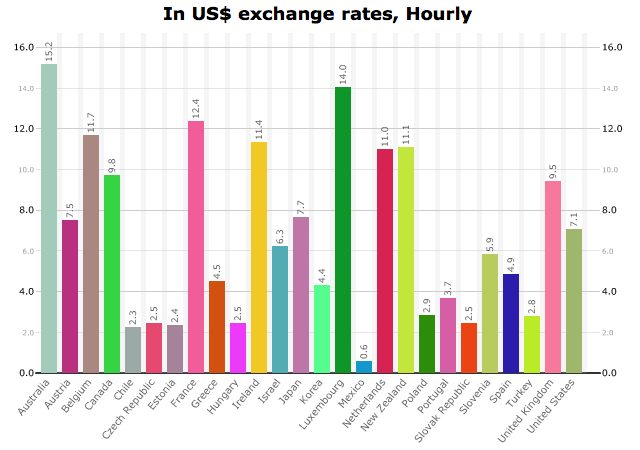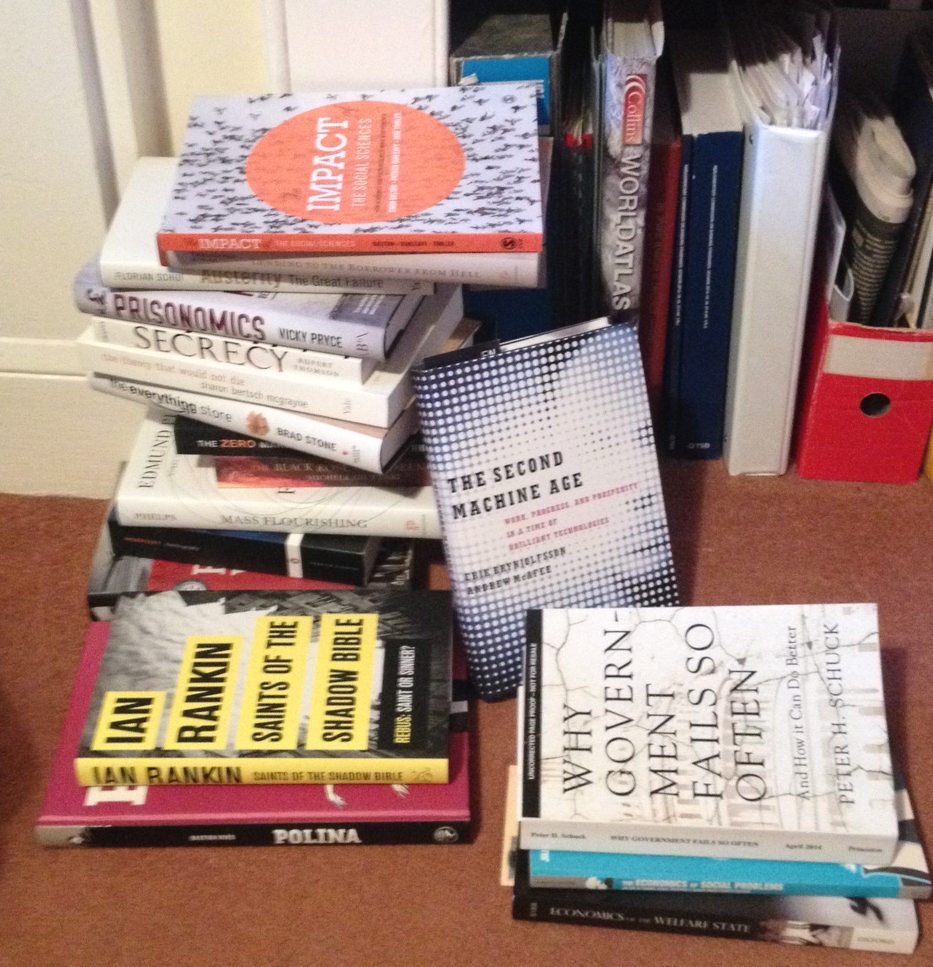Do social scientists (including economists) have a responsibility to engage in public debate? Yes, said Nicholas Kristof in the New York Times. Academics have become too marginalised and – with honourable exceptions – he said: “Ph.D. programs have fostered a culture that glorifies arcane unintelligibility while disdaining impact and audience.”
Paul Krugman weighed in specifically on economics: “In my field there is indeed a problem with abstruseness, with the many academics who never even try to put their thoughts in plain language.” He concluded that economists who can’t explain what they’re doing probably don’t understand what they’re doing. Krugman supports the use of mathematical models but – echoing many great economists of the past like Marshall and F.Y. Edgeworth – argues that what we always call ‘intuition’, or non-mathematical explanation, matters too.
I like Edgeworth’s analogy best: the maths is like the scaffolding essential for putting up a building. You have to have it, and you have to take it down at the end.
Of course I agree with the general point that academics – especially social scientists! – have to engage with society. Not just engage with as in discuss one’s research in intelligible language, but understand how academic research and teaching interact with society, influence it and are influenced by it. (This was the theme of my 2012 Tanner Lectures, The Public Responsibilities of the Economist (link near the bottom of the page), which looked at the role of economics in the formation of modern financial markets, among other things.)
In the UK, this issue is now described by the shorthand of ‘impact’, with universities required to demonstrate their impact as part of the 2014 Research Excellence Framework, which will determine the allocation of funding. I’m playing a small role in the assessment exercise.
What impact do economists and other social scientists actually have? Is it by being ‘public intellectuals’? Or are there more ‘impactful’ channels? I’ve been reading a very interesting new book, [amazon_link id=”1446275108″ target=”_blank” ]The Impact of the Social Sciences: How academics and their research make a difference[/amazon_link], by Simon Bastow, Patrick Dunleavy and Jane Tinkler.
[amazon_image id=”1446275108″ link=”true” target=”_blank” size=”medium” ]The Impact of the Social Sciences: How Academics and their Research Make a Difference[/amazon_image]
It analyses in some detail evidence from data collected on hundreds of UK-based social scientists and researchers in the ‘STEM’ subjects (science, technology, engineering and maths). The first surprise is how many more students and researchers (and funding) there are in STEM subjects than the social sciences, which in turn dwarf the humanities and the creative arts and design: in the UK, the STEM subjects get 80% of total research funding, social sciences 14%, humanities 4% and creative arts 2%. Student and staff numbers are slightly less skewed, but the figures still make one doubt the often-made (by scientists) claim that STEM needs more.
On the impact question, the book argues that the tide has begun to turn on the inward-looking shift in academia, and on disciplinary silos which , the books says, were ‘concreted in’ by the late 1960s. This must be a good thing. What’s the point of fabulous climate science research if social scientists are not fully engaged in analysing how society might or might not change? Surely scientists – and research funders – do appreciate that people do not necessarily believe what they’re told by academics? Trust in scientists and researchers is high but that isn’t the same as accepting them as legitimate decision-takers.
Using the data set on academics’ channels of influence built for the research, the book assesses the character of the ‘outputs’ of the academics (which varies quite a lot between disciplines) and looks at two arguments about academics’ impact. One is that there are ‘popularisers’ who can communicate but do little valuable research, and academics of course tend to sneer at this group. Another is that there are superstars who do the best research and are brilliant communicators. The truth is in between – most of the group are middling at both research output and public communication.
In general, though, social science research has a big influence on government, think tanks, civil society and business. The book traces many channels of engagement. The area where there is perhaps less influence – certainly less than the natural sciences – is in the media and social media. If Nicholas Kristof thinks the US lacks public intellectuals, he should feel sorry for the UK: the book suggests Stephen Fry as our leading public intellectual at least in terms of number of Twitter followers – a brilliant polymath but not a social science academic. Academics, in my experience, are often either reluctant to engage with the media (for several valid reasons such as time, deadlines, simplification…); or lack understanding of the conventions and constraints.
One example of highly effective collaboration cited here is the Great British Class Survey, between an academic team of sociologists and the BBC. There was huge public engagement and interest internationally, and it was a successful ‘co-production’ of social science between academics and the public. But no doubt there are some academics who see this as excessive popularisation.
The book ends with a discussion of what the authors call a ‘dynamic knowledge inventory’, a constantly updating repository of our current understanding of society. They commend ‘broad front’ social science and integrating social science with the STEM disciplines. I like the quotation from [amazon_link id=”0571270123″ target=”_blank” ]Tom Stoppard[/amazon_link] in the final chapter: “I don’t think writers are sacred but words are. They deserve respect. If you get the right ones in the right order, you might nudge the world a little.”
[amazon_image id=”0571270123″ link=”true” target=”_blank” size=”medium” ]The Real Thing[/amazon_image]
The LSE website link to the podcast of the launch event is broken but there are some slides available here.
Update: podcast link is here.


